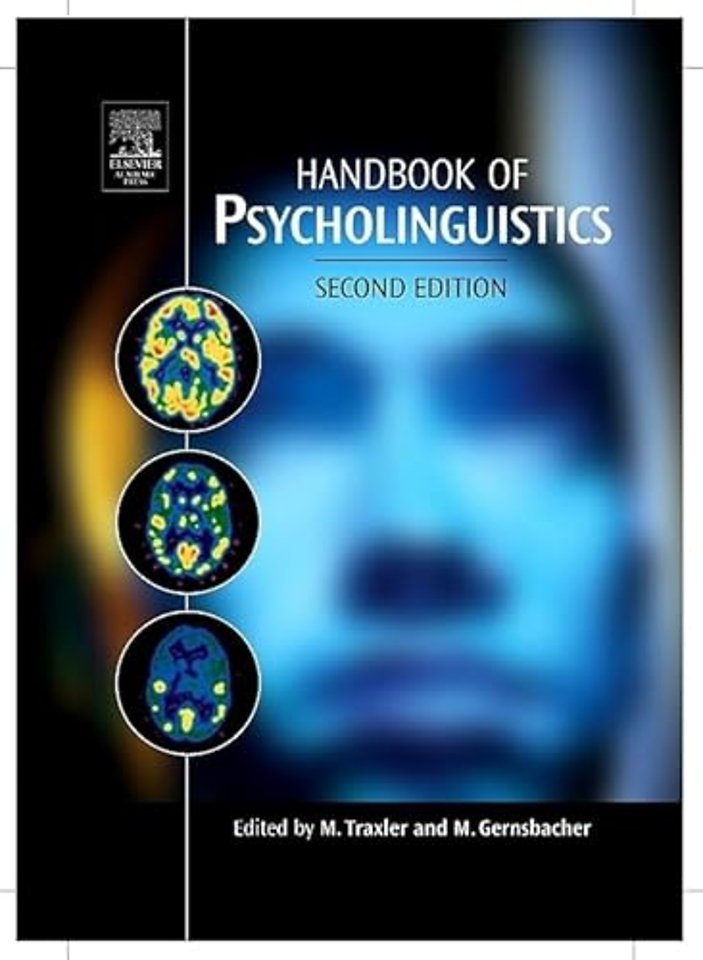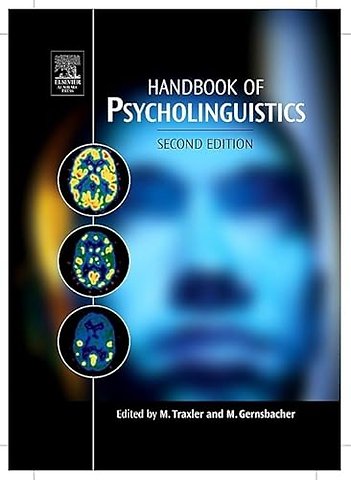Handbook of Psycholinguistics
Gebonden Engels 2006 9780123693747Samenvatting
With Psycholinguistics in its fifth decade of existence, the second edition of the Handbook of Psycholinguistics represents a comprehensive survey of psycholinguistic theory, research and methodology, with special emphasis on the very best empirical research conducted in the past decade. Thirty leading experts have been brought together to present the reader with both broad and detailed current issues in Language Production, Comprehension and Development.
The handbook is an indispensible single-source guide for professional researchers, graduate students, advanced undergraduates, university and college teachers, and other professionals in the fields of psycholinguistics, language comprehension, reading, neuropsychology of language, linguistics, language development, and computational modeling of language. It will also be a general reference for those in neighboring fields such as cognitive and developmental psychology and education.
Specificaties
Lezersrecensies
Inhoudsopgave
Rubrieken
- advisering
- algemeen management
- coaching en trainen
- communicatie en media
- economie
- financieel management
- inkoop en logistiek
- internet en social media
- it-management / ict
- juridisch
- leiderschap
- marketing
- mens en maatschappij
- non-profit
- ondernemen
- organisatiekunde
- personal finance
- personeelsmanagement
- persoonlijke effectiviteit
- projectmanagement
- psychologie
- reclame en verkoop
- strategisch management
- verandermanagement
- werk en loopbaan

